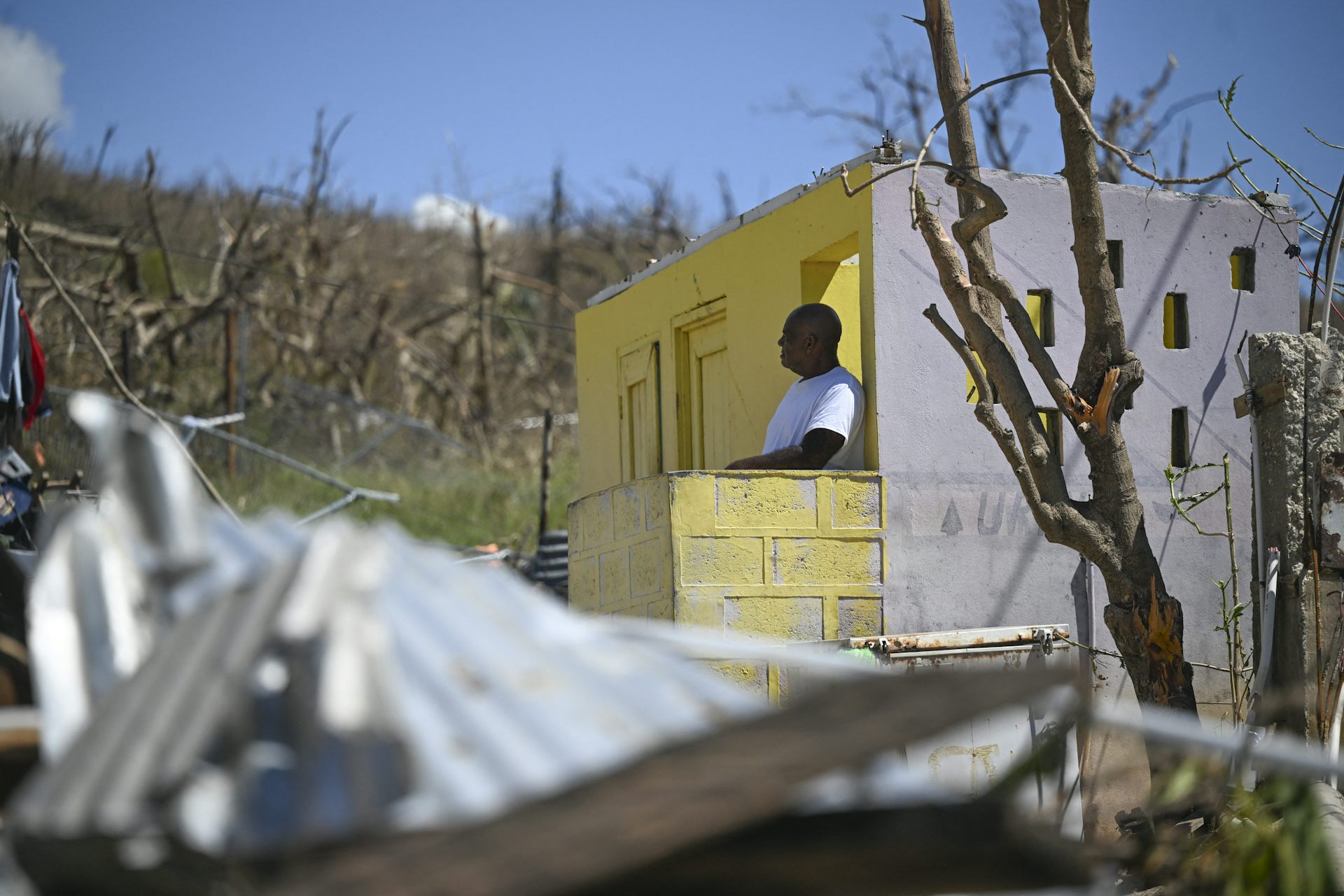Police, soldiers bring lethal skill to militia campaigns against US government
A leaked database shows at least 10% of the far-right Oath Keepers militia is active police or military – people professionally trained in using weapons and conducting sophisticated operations.
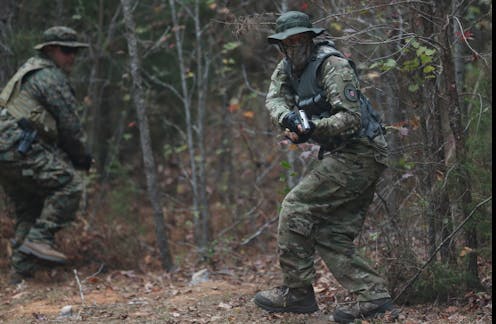
Thousands of police and soldiers – people professionally trained in the use of violence and familiar with military protocols – are part of an extremist effort to undermine the U.S. government and subvert the democratic process.
According to an investigative report published in the Atlantic in November into a leaked database kept by the Oath Keepers – one of several far-right and white supremacist militias that stormed the U.S. Capitol on Jan. 6 – 10% of Oath Keepers are current police officers or military members. Another significant portion of the group’s membership is retired military and law enforcement personnel.
The hate group – founded by a former Army paratrooper after Barack Obama’s 2008 election – claimed “an improbable 30,000 members who were said to be mostly current and former military, law enforcement and emergency first responders” in 2016, according to the Southern Poverty Law Center.
The Three Percenters, another militia present at the Capitol on Jan. 6, also draws a substantial portion of its members from law enforcement, both military and civilian. Larry Brock, a pro-Trump rioter arrested with zip-tie handcuffs, allegedly for taking hostages, is a retired Air Force lieutenant colonel who posted content from the Three Percenters online.
The militia movement is a militarized stream of the American far-right. Its members promote an ideology that undermines the authority and legitimacy of the federal government and stockpile weapons.
When militia members have a professional background with the military or police, it enhances the ability of these groups to execute sophisticated and successful operations. It also helps them convey a patriotic image that obscures the security threat they present.
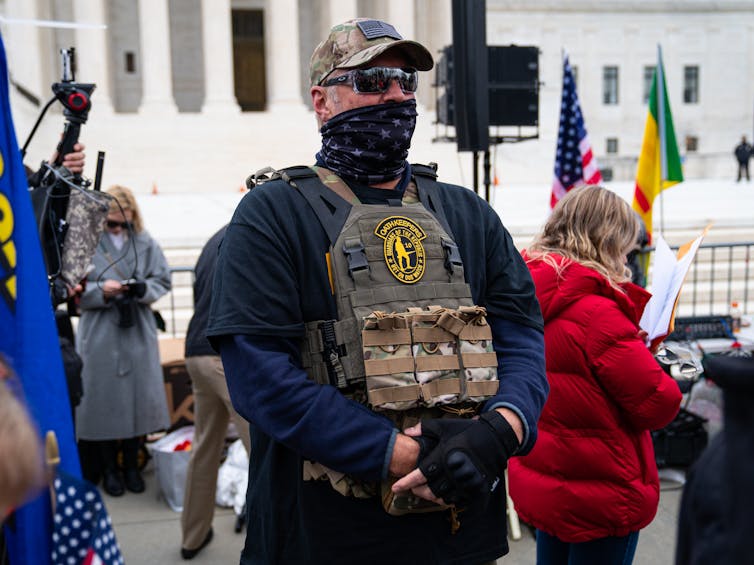
Longstanding ties
The day before the Biden inauguration, two National Guardsmen deployed to Washington, D.C. were removed from that duty after an investigation found ties to right-wing militias.
Far-right elements have always had some presence in U.S. security forces.
Throughout the 20th century, many local police departments were heavily populated with Ku Klux Klan members. The connections between terror groups and law enforcement enabled discrimination and violence against African Americans, Jews and other minorities.
In 1923, all the Black residents of Blandford, Indiana were forced out of town to an unknown location following accusations that an African American man assaulted a young girl. The unlawful “deportation” was conducted and organized by the local sheriff, a Klansman, with the assistance of local Klan chapters.
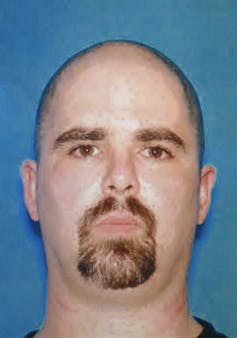
Many U.S. military bases have also had cells of neo-Nazi and white supremacist groups throughout the 20th century.
In 1995, three paratroopers from Fort Bragg, in North Carolina, were arrested and charged in the killing of a Black couple in Fayetteville, Arkansas. Two were sentenced to life in prison for the murders. The Army initiated an investigation at the base, which was known for being a hub of the National Alliance, then the country’s most influential American neo-Nazi group.
The Army identified and discharged 19 paratroopers for participating in hate activities. One went on to kill six worshipers in a Sikh temple in Oak Creek, Wisconsin in August 2012. He died in a police shootout.
Growing convergence
Concerns about the penetration of far-right elements into the military and law enforcement have become acute in the last decade with the emergence of militias like the Oath Keepers, which was founded on the principle of recruiting police and military. Oath Keepers pledge to disobey orders on the job which they deem contradict the Constitution.
The militias’ success secretly infiltrating police departments contributed to the emergence of new far-right associations that openly recruit law enforcement, like the Constitutional Sheriffs and Peace Officers of America.
Founded in 2011 by former Arizona sheriff Richard Mack, the group promotes the notion – contrary to the Constitution – that the federal government authorities should be subordinated to local law enforcement. It has more than 500 sheriffs nationwide. Just over half are currently in office.
The Constitutional Sheriffs and Peace Officers of America has pushed its members not to enforce gun control laws and pandemic-related mask regulations that they believe infringe on civil liberties.
Skilled insurrectionists
When members of far-right groups are also professionals sworn to protect the nation or their communities, it makes those groups seem more legitimate.
Authorities may be less likely to treat them as domestic security threats, a categorization that would limit their access to firearms and sensitive locations.
Yet military and police members actually make American militias more effective, according to my research on the violent practices of the American far-right.
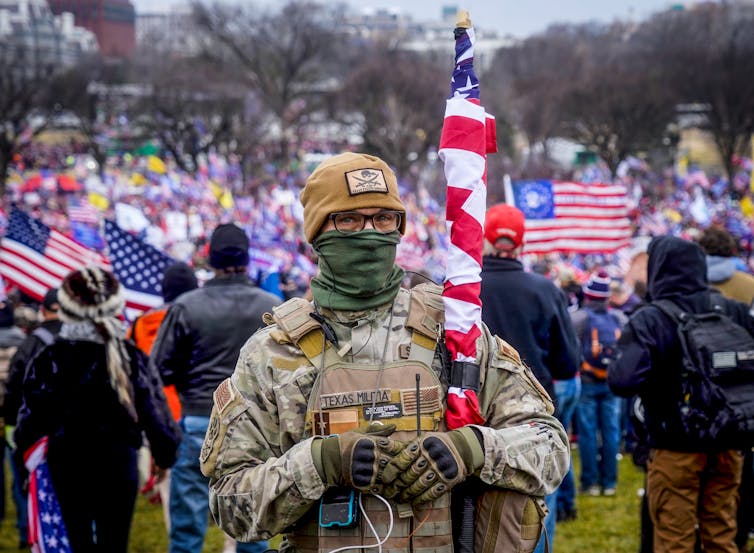
A data set I manage with my team at the University of Massachusetts Lowell and used for my recent book on right-wing terror shows that militia attacks are more lethal than those of other far-right groups. The perpetrators are experienced with weapons and ammunition, and have at least some military training.
Attacks by other far-right groups are, in large measure, initiated by people with limited operational experience, who act spontaneously.
Militias are also more likely to attack secured, high-value targets like government facilities. Timothy McVeigh, the Oklahoma City bomber, is a prime example. He was a Gulf War veteran associated with the Michigan Militia whose bomb killed 168 people at the Alfred P. Murrah Federal Building in 1995.
The penetration of far-right militants into the ranks of police and the military seems to be driving an increase in direct attacks on police and military targets.
Between 1990 and 2000, 13% of U.S. of militia attacks and plots were aimed at military or police installations or personnel, our data set shows. The proportion jumped to 40% by 2017.
And with their training in surveillance, intelligence collection and public safety, the dangerous activities of militias are generally harder for federal agencies to monitor and counter.
When militias recruit professionals, they are better at waging their radical crusade.
[Get our most insightful politics and election stories. Sign up for The Conversation’s Politics Weekly.]
Arie Perliger receives funding from the U.S. Department of Justice and U.S. Department of Defense.
Read These Next
What is Fusarium graminearum, the fungus a Chinese scientist pleaded guilty to smuggling into the US
When Fusarium graminearum infects wheat, it can pose a risk to humans, animals and agriculture.
No time to recover: Hurricane Melissa and the Caribbean’s compounding disaster trap
Melissa was just the latest blow, following close on the heels of Beryl. Many islands today have little…
Turn shopping stress into purposeful gift giving by cultivating ‘consumer wisdom’ during the holiday
A psychology team distills the 6 principles of ‘consumer wisdom’: a set of habits that promotes…



